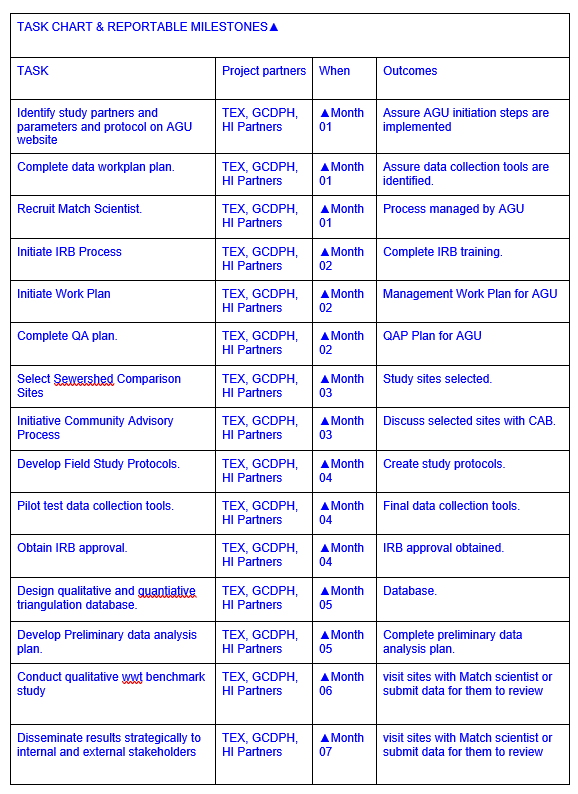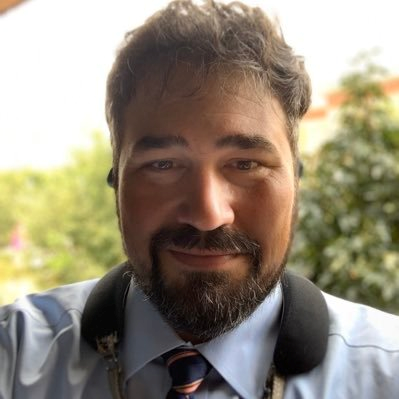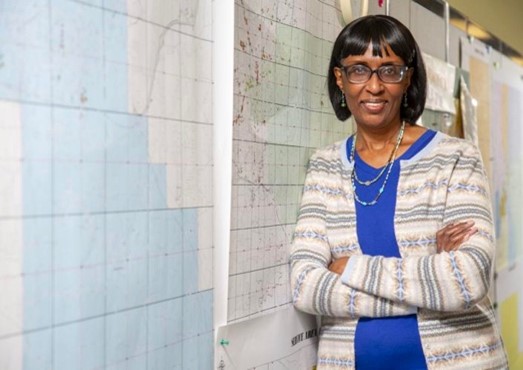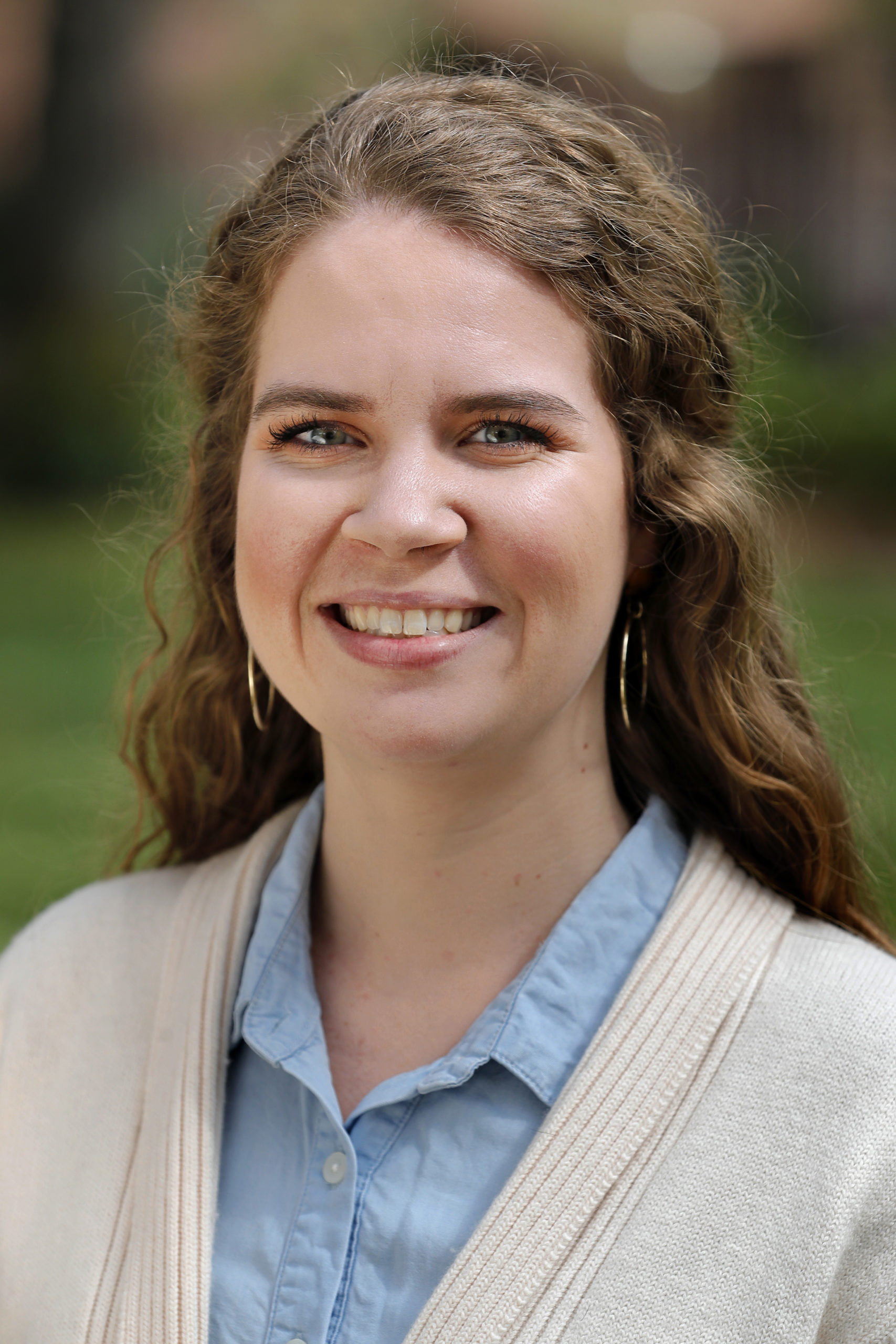Apply now to join our next cohort of Community Science Fellows and Community Leads!

Image courtesy of Guilford County
When the Guilford County Thriving Earth Exchange (GC-TEX) project started in 2021, we were immersed in the century’s deadliest Pandemic, and only a few premier research labs in the nation had even considered conducting wastewater surveillance to support public health efforts to reduce the burden of COVID-19. The purpose of this project was to work with Federal, State, and community partners to develop a Guilford County inclusive epidemiology and environmental justice demonstration project for conducting affordable, safe, accurate, and reliable monitoring of the concentration of COVID-19 observed between sub-county sewersheds alongside systemic inequities in the built environment. Today, at the end of 2023, there is a new domain of science, known as Wastewater Based Epidemiology (WBE) which is augmenting traditional case-based surveillance in almost every U.S. Major Metropolitan Statistical Area (MSA). Additionally, along with our contribution to developing the new frontier of WBE science, the GC-TEX continues to be unique in our pursuit of exploring sub-sewershed differences in COVID 19 concentrations in pre-treatment wastewater that is attributable to disproportionate exposure to pathogenic and salutogenic factors related to the built environment.
Guilford County is located in the piedmont triad of North Carolina. Containing a Major Metropolitan Statistical Area (MSA) with over 500,000 urban residents living in 1 of 2 Census Designated Urban Areas, Greensboro City and High Point City, Guilford County is the third largest County in NC per 2020 Census population.Since its inception East Greensboro has experienced an arc very similar to stories one might hear about the Dorchester Heights in Boston. The common history begins with a great battle during the American Revolutionary War, then protracted Century of structural white supremacy, leading to the Civil War and Reconstruction-based disenfranchisement of minority groups, most notably Black or African American residents of Guilford County. None-the-less a flourishing Black Middle class persisted, and surviving the great Industrial awakening, met the dawning light of the Civil Rights Movement with resilient momentum. Special pride is attributed to the latter in Eastern Greensboro, as it was the student lead sit-in movement at A&T University that catalyzed the National student sit-in movement. Today, however, COVID-19 has revealed many inequalities between impacted residents in Eastern Greensboro and other equally sized Urbanized Areas in Guilford County still persist. Represented in this project is municipal government (Guilford County) and local higher education (North Carolina A&T State University). The key community priority of this Thriving Earth Exchange project is to address the salutogenic variability of the built environment in two different sewage sheds, related to the detection of COVID-19 virus in the wastewater. The difference in COVID-19 virus detected in the wastewater was first noticed after sampling efforts beginning in October of 2021.
“The community would like to do/learn about the level of COVID-19 in their WasteWater and engage/share it with Local Government leaders so that they can overcome existing limitations in their built environment if identified , which will result in a more accurate and reliable WWT based surveillance system for tracking the transmission of COVID-19 across the County.”
The solution framework we are considering is based on the Eco-Social model of pathogenesis and salutogenesis. All potential environmental hazards can be approached in this way along the continuum of factoring for ideally health promoting or alternatively health degrading. Certainly, the built environment sustaining wastewater (WWT) channels through which a virus is cleared from a physical environment is no exception. We are using the Eco-Social lens to focus on the problem of variable pathogenic/salutogenic properties between comparison WWT sewer sheds in Guilford County at the individual, policy, and community levels. The WWT risk assessment, communication, and remediation framework we develop will be employed in Guilford County to identify the disproportionate levels of COVID 19 in the wastewater and provide that information to the water department in order for them to make the changes to lessen the amount.
Those that are involved in the project include a Local Public Health Department (LHD) authority investigating transmission of COVID-19 in wastewater at sub-county level along with our State and Federal partners conducting wastewater surveillance at municipal county level. Specifically, our collaborators within the State, is the Occupational and Environmental Epidemiology Branch of the Division of Public Health for the North Carolina Department of Health and Human Services. Together we are governed by the Centers for Disease Control and Prevention (CDC) National Wastewater Surveillance System (NWSS). Locally we are part of the Department of Health and Human Services for Guilford County, North Carolina with municipal governance provided by the Board of Commissioners. External to our LHD surveillance work our scientific collaborators include the North Carolina A&T State University. The target audiences and key stakeholders include the Water Resource Department for the Cities of Greensboro and High Point as well as the community members in Guilford County.
The outcomes will be a sub-county quality improvement process uniquely positioned in Guilford County to increase the timeliness, accuracy, and reliability of the novel national CDC Wastewater Surveillance network initiative. Gray literature and project artifacts like the work plan, quality assurance plan, community advisory conversations, and preliminary study data could be use to inform Guilford County going forward, as well as similar initiatives conducted by other LHDs, State, and National partners. The unique role GCDPH plays in the community as the agency responsible for Public Health communication and Surveillance.
Solving this problem will benefit the community by eliminating a health hazard that affects all populations. Infectious diseases (COVID) can be spread through wastewater, so surveillance of the area will show where communities are being exposed more. Identification of these areas will inform where infrastructure and public health education engagement can be targeted. The Eco-Social framework through which we are conducting our WWT effort is a well vetted science-based policy change approach for describing the strategic data impactful to the purpose of leveling variable distributions of salutogenic and pathogenic hazards in Guilford County related to COVID-19 surveillance using a novel WWT approach between structurally unequal sewer sheds.
As a result of the project, we may help to prevent the further spread of COVID-19 throughout the community as we identify where the high concentrations of COVID virus are found in the wastewater. Worst case scenario another effective toolbox is on the LHD shelf for reducing a key disparities both in the capturing of inequalities in transmission of novel Pandemic retroviruses and improving the overall quality of the Public Health promoting built environments’ salutogenic capacity. Best case scenario the AGU-Guilford framework is demonstrated to be effective in the current COVID-19 pandemic so when the next pathogen spillover and another ecological explosion threatens life and liberty in Guilford County, the LHD will have a more equally distributed salutogenic system in place to ensure hotspots are identified and contained at the WWT level before human-to-human transmission is detected.

Guilford County is located in the piedmont triad of North Carolina. Containing a Major Metropolitan Statistical Area (MSA) with over 500,000 urban residents living in 1 of 2 Census Designated Urban Areas, Greensboro City and High Point City, Guilford County is the third largest County in NC per 2020 Census population. Since its inception, East Greensboro has experienced an arc very similar to stories one might hear about Dorchester Heights in Boston. The common history begins with a great battle during the American Revolutionary War, then protracted Century of structural white supremacy, leading to the Civil War and Reconstruction-based disenfranchisement of minority groups, most notably Black or African American residents of Guilford County. Nevertheless, a flourishing Black Middle class persisted, and surviving the great Industrial awakening, met the dawning light of the Civil Rights Movement with resilient momentum. Special pride is attributed to the latter in Eastern Greensboro, as it was the student lead sit-in movement at North Carolina A&T State University that catalyzed the National student sit-in movement. Today, however, COVID-19 has revealed many inequities between impacted residents in Eastern Greensboro and other equally sized Urbanized Areas in Guilford County still persist. Represented in this project is municipal government (Guilford County) and local higher education (North Carolina A&T State University). The key community priority of this Thriving Earth Exchange project is to address the salutogenic variability of the built environment in two different sewage sheds, related to the detection of COVID-19 virus in wastewater. The difference in COVID-19 virus detected in wastewater was first noticed after sampling efforts began in October of 2021.

Mr. Charley Naney is currently the Public Health Epidemiologist for Guilford County Department of Public Health. Mr. Naney started his professional career as a counselor for vulnerable youth in a group home and then affluent young men with addiction issues in a wilderness-based treatment center. He then moved abroad to volunteer with Partners in Health (PIH) Co-founder Dr. Paul Farmer as an accompagnateur caring for people living with HIV in Haiti and then traveled to Kenya to teach the PIH Model to the Community Health program at Tenwick Mission Hospital. He then returned to the States on a CDC funded Rural Appalachian Cancer Demonstration Program Fellowship where he earned an MPH with a concentration in epidemiology. While preparing to return to Haiti and resume his work with PIH as an Epidemiologist and Medical Doctor he became a father, and started his public health career as an epidemiology consultant at MDC, Inc. in Chapel Hill, NC and a non-profit hospital conversion foundation in Danville, VA. Mr. Naney then accepted a position with the United States Air Force School of Aerospace Medicine Epidemiology Consult Service (USAFSAM-ECS) where he played a critical role in the investigation of the first epidemiologically linked cluster of confirmed Novel H1N1 Influenza cases in the United States. He was then hired as an Epidemiologist II by the Boston Public Health Commission (BPHC) where he supported grant-based care management for HIV/AIDS patients and served as the Technical Project Manager for a National HUD Healthy Homes funded multi-site evaluation of the impact of Integrated Pest Management (IPM) on mental health and asthma related quality of life among public housing residents in Boston, MA. He also learned many valuable lessons about the current state of decision sciences in healthcare as an algorithm developer for pharmacy benefit management (PBM) and health insurance sector performing data analytics for private, state health plan and Medicare advantage populations on acute complications from chronic and rare diseases. Additionally, Mr. Naney has published successful grants and scientific articles for peer reviewed journals; developed regression models; managed million-dollar study protocols and work plans for multi-year grants; performed outbreak investigations; created rare chronic disease algorithms, and cultivated value-based healthcare partnerships.

Merle Green is a Community Health expert with bachelors and masters degrees in Public Health from NC Central University and UNC Chapel Hill respectively; she also holds an MBA from Elon University, and a certificate in nonprofit management from Duke University. Currently, Green is the owner of Heated Seminars Health and Education Consulting, and is the past Director of the Guilford County Dept of Public Health. Ms. Green has also held directorship positions at Mecklenburg and Halifax County Health Depts, and at the NC Area Health Education Centers (AHEC) Program. Green has published research articles on community-based syphilis elimination; health effects of the hog farm industry; and environmental racism. Mrs. Green innovatively introduced TeleMedicine to the Guilford Health Department through the Public Health School Nursing Program. Mrs. Green has been a sought-after public speaker for many medical, educational, and faith-based institutions. She is a media consultant, a mentor to health-science students, and an avid sports enthusiast. She supports the League of Women Voters.

Liz McQuain (she/her) holds her B.S. in marine biology from the University of North Carolina Wilmington and her M.S. in Environmental Studies from the College of Charleston. For her masters, Liz chose to combine her knowledge in water quality with her experience with community engagement to design and develop a stormwater pond community testing program. Now Liz serves as the Community Science Federal Liaison in the National Sea Grant Federal Partnership Program. Based in Baton Rouge, Louisiana, Liz works with her federal partners and Sea Grant network to identify and address barriers and challenges to participation in community science and the use of community generated data.
North Carolina A&T State University
HEATed Seminars: Health, Education, and Training, LLC
(c) 2024 Thriving Earth Exchange